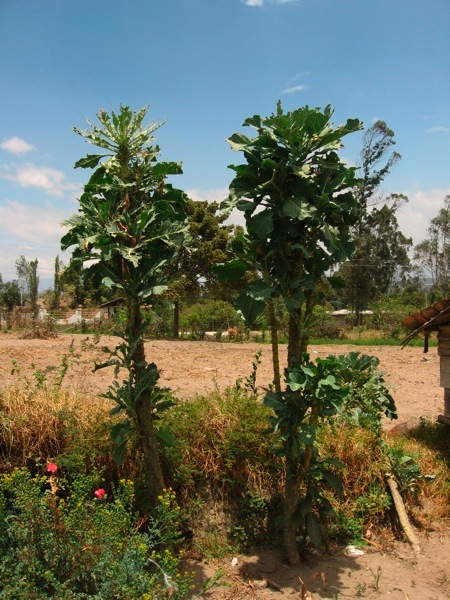 If you’re interested in Central Asian biodiversity and its products you might enjoy some recent photographs of mine from Tashkent’s central fruit and veg market. And if you recognize something interesting, and know its local name, do please leave a comment.
If you’re interested in Central Asian biodiversity and its products you might enjoy some recent photographs of mine from Tashkent’s central fruit and veg market. And if you recognize something interesting, and know its local name, do please leave a comment.
Nibbles: LEISA, climate change in the US and India, Cocoa
- ILEIA celebrated 25 years with a conference yesterday. Reports to appear on the blog. h/t Danny
- Summary of the big ag bash in Copenhagen.
- US fruits and vegetables most at risk from climate change, says USDA.
- Wine and corn (maize) too!
- Perhaps they could learn from Indian farmers?
- Cocoa price highest for 32 years. Good news for cocoa farmers? I doubt it.
Nibbles: Mutton, Vegetaballs, Orchids
- Why real farming needs great cooking. Upland mutton? I’d eat that.
- Down-your-throat vegetarianism. Justine bouche? I’d eat that.
- Orchid cuisine in Bhutan. Olachotho? I’d eat that.
Nibbles: Glomus, Erosion, Horticulture, Sweet potato, Drought
- Arbuscular mycorrhizal fungus spread by human activity related to agriculture.
- UN food security expert says “75 per cent of agro-biodiversity has been lost”. Naughty.
- UC Davis to lead big USAID-funded international horticulture development project.
- Botany Photo of the Day: Vitis labrusca.
- “The connection between a convolvulaceous tuber bearing crop, a folk-blues artist and a cetacean…”
- IWMI maps drought. Globally.
Perennial kales in Ecuador
Where did that come from, I asked myself, as we looked around the home garden of an agrotourist lodge near Cotacachi in Ecuador. No, not the wonderful neotropical fruits, or the fiery Brugmannsia, or the tree they called guava that looked to me like a carob; certainly a legume of some sort. ((Curse you, common names.)) Not any of the exotica that were at home here, but this thing, a brassica looking for all the world like a small tree.

To me it looked like one of the perennial kales, or even the Jersey Walking Stick Cabbage that I’ve grown in the UK and seen in Basque country and parts of Portugal. On the other side of the path was a red-leaved variety that had a much more dissected leaf, a little like Red Russian kale but again growing like a tree.
Fortunately the lady of the lodge, Dona Digna, who has every reason to be proud of the accomplishments of her community, was there with us, and even more fortunately I had the services of an expert translator. ((Thanks for everything, Marleni.)) I asked how they used it, and was told that they picked individual leaves as needed, and that now it was not good at all, much too tough. OK, well then how do you get tender leaves? In the spring, we make new plants. How?

At which Digna snapped off a branch of the red kale and said that you just plant a stem in the ground. So it never has flowers? No, never.
So it really is a perennial brassica, not one of the walking stick types, which do flower and set seed. But that’s as far as I could go in my investigation. I have no idea how long the local people have been growing it, where they first got it from, or what they think of it. But it was fun to see something truly exotic in Ecuador. And maybe it could add a datapoint to a study that revealed a high degree of duplication among perennial kale accessions.